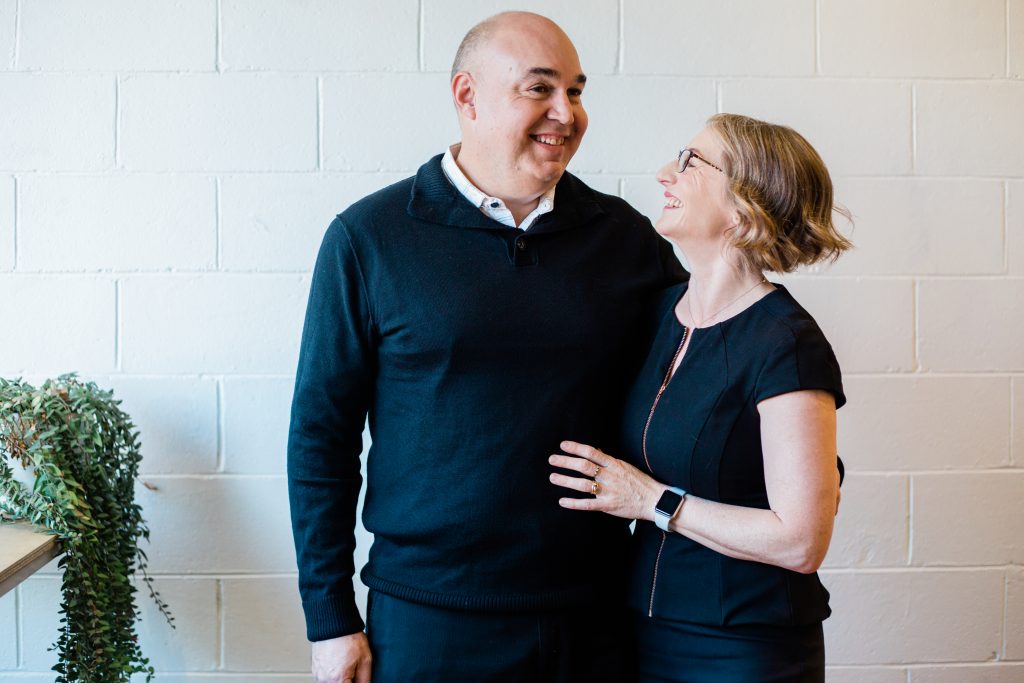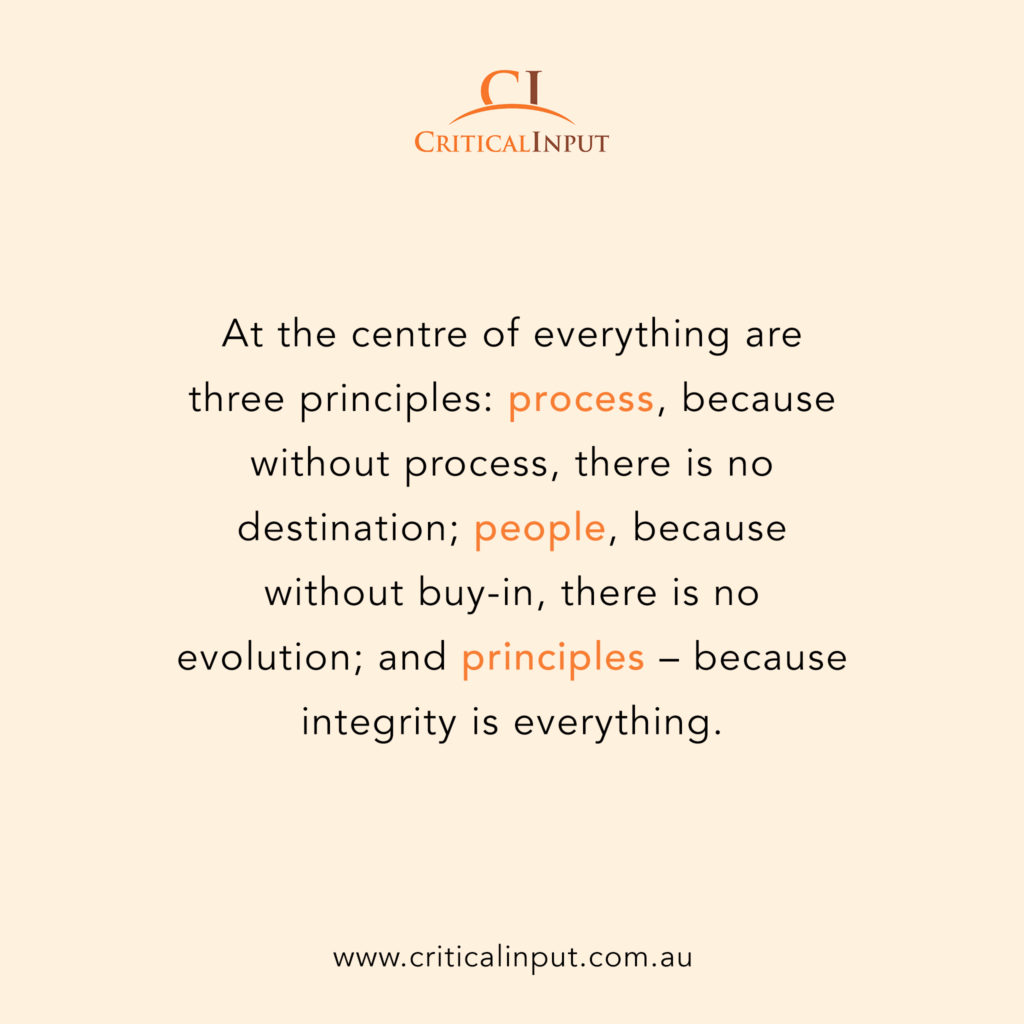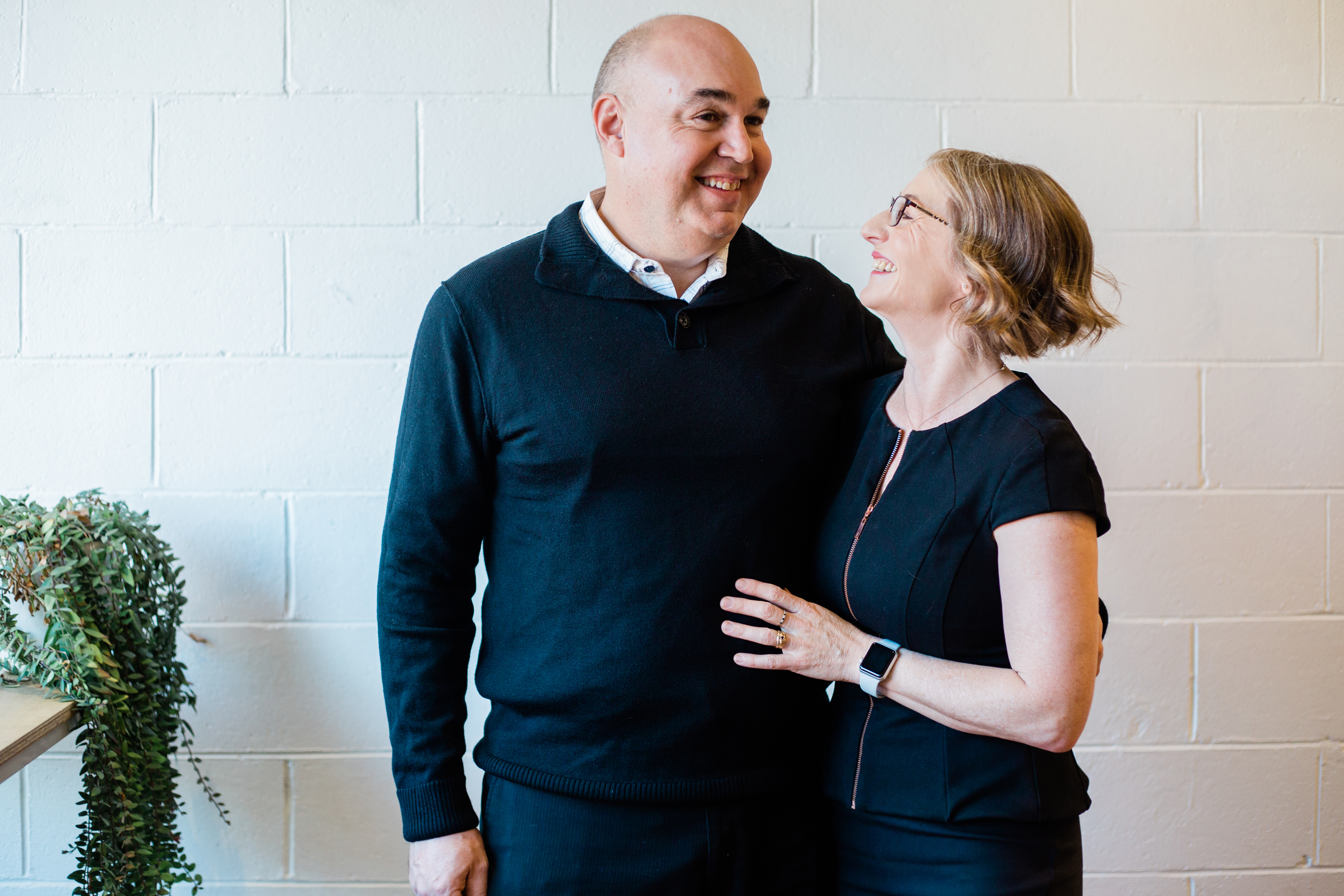How to hold disciplined meetings

Fortunately, Bettina and I are still able to meet face-to-face during home isolation.
As we move into a new era where Zoom, Skype, Microsoft Teams and Facetime meetings are replacing face-to-face interactions, it’s crucial we manage video and phone conferences with discipline and structure (I’m pictured here with Critical Input’s Finance Manager and my beloved wife Bettina Griffiths, as we’re still able to meet face-to-face while working remotely).
We already know that the COVID-19 pandemic will fundamentally change the way we do business.
Particularly during this adaptive period, as professionals, we need to focus on maintaining stability, goals and outcomes.
It’s well known that Critical Input is all about bringing people and processes together, so it’s not surprising we have a process for holding structured meetings.
All Critical Input consultants follow the “PAL-C Meeting” discipline and it can be easily adjusted for remote meetings. Ahead of any video or teleconference, just send out the below information to all attendees:
Purpose – Clarify the purpose and desired outcome (s) of the meeting
Agenda – Outline agenda points, responsibilities and timing (if required)
Limits – Set clear boundaries of discussions and process for parked items
Comments – Include details of the meeting (when it’s taking place, how to dial in and whether to bring your lunch or coffee!). Also, appoint someone here to take the minutes.
Distributing the above information will ensure everyone understands expectations ahead of the meeting and can prepare accordingly. It’s also recommended that minutes with actions are distributed shortly after the call.
Remote work is the new normal during this unique time in history, but it doesn’t mean the frequency of contact shouldn’t decrease. If you’re used to having meetings, keep doing so.
In fact, during the period of adaptation, you may even increase the number of meetings to maintain a sense of stability and team connection.
Newer employees, those working on critical projects, and people who need more contact may require extra one-on-ones.
Remember, too, you can do fun things virtually: coffee breaks, lunch, morning yoga or even Friday afternoon drinks together.
All these things can help maintain the connections you had at the office.
Virtual teams can match co-located ones in terms of productivity, trust, and collaboration.
It just requires discipline.





